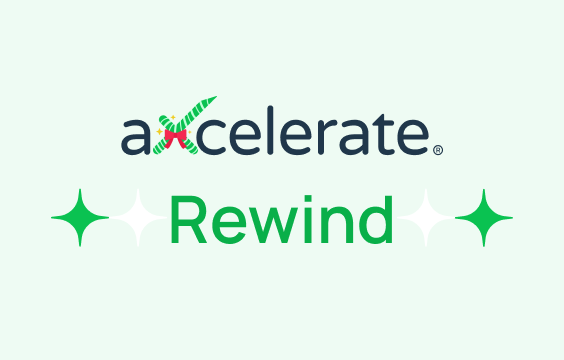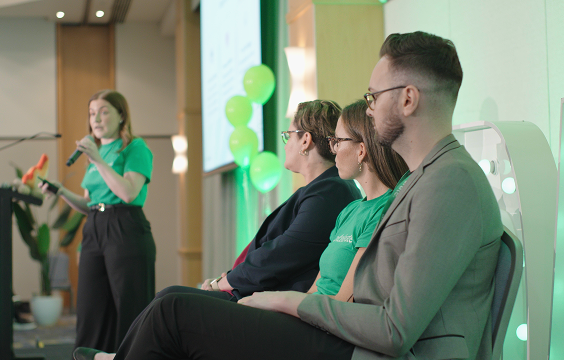

aXcelerate Rewind: Celebrating a Year of Innovation, Growth and Impact in 2025
As 2025 draws to a close, we’re taking a moment to reflect on an extraordinary year of transformation, innovation and partnership within the aXcelerate community.


As 2025 draws to a close, we’re taking a moment to reflect on an extraordinary year of transformation, innovation and partnership within the aXcelerate community.


Across Australia’s high-risk industries – emergency services, mining, energy, construction, utilities, rail and more – leaders are facing a common challenge: proving that every worker is truly competent and authorised for the tasks they perform.


This article captures key insights from our recent AI Panel at aXcelerate Day, where four leaders from across the VET and EdTech landscape came together to explore the future of AI in training and assessment.
.png)

Missed out on aXcelerate Day 2025, or just want a recap of everything we announced? Here’s your complete replay of the biggest product announcements, innovations, and insights that shaped the day.


The Catholic Education Diocese of Wagga Wagga provides students with workplace skills and technical knowledge to help them advance their careers, now and in the future, with aXcelerate as their Student and Learning Management System.


In the dynamic landscape of education and training, the creation and delivery of quality assessments play a pivotal role in the credibility of training organisations.


Join Madi and Jasmine from aXcelerate Customer Support as they delve into the pivotal role of compliance in education. Discover the risks of poor compliance processes and how aXcelerate's integrated system simplifies reporting with built-in pre-validation checks and consolidated data.